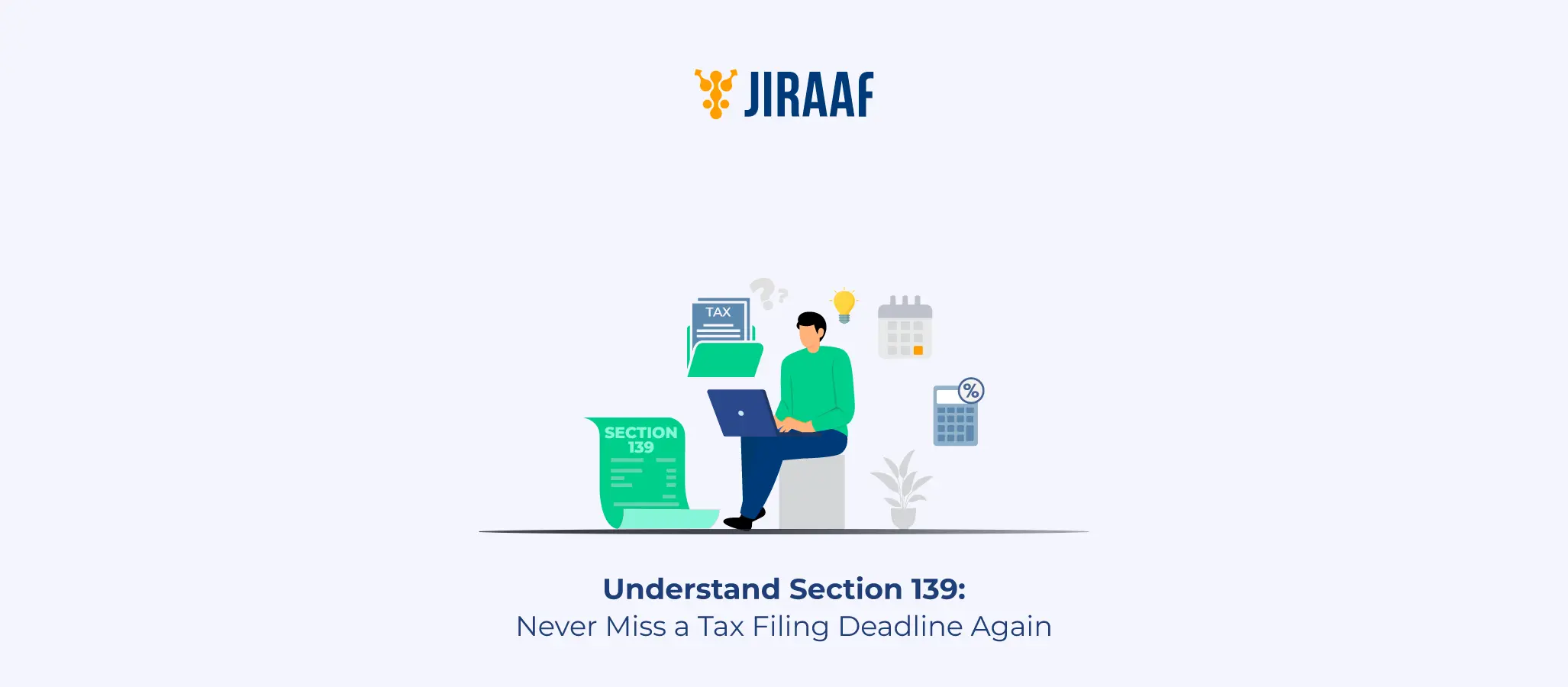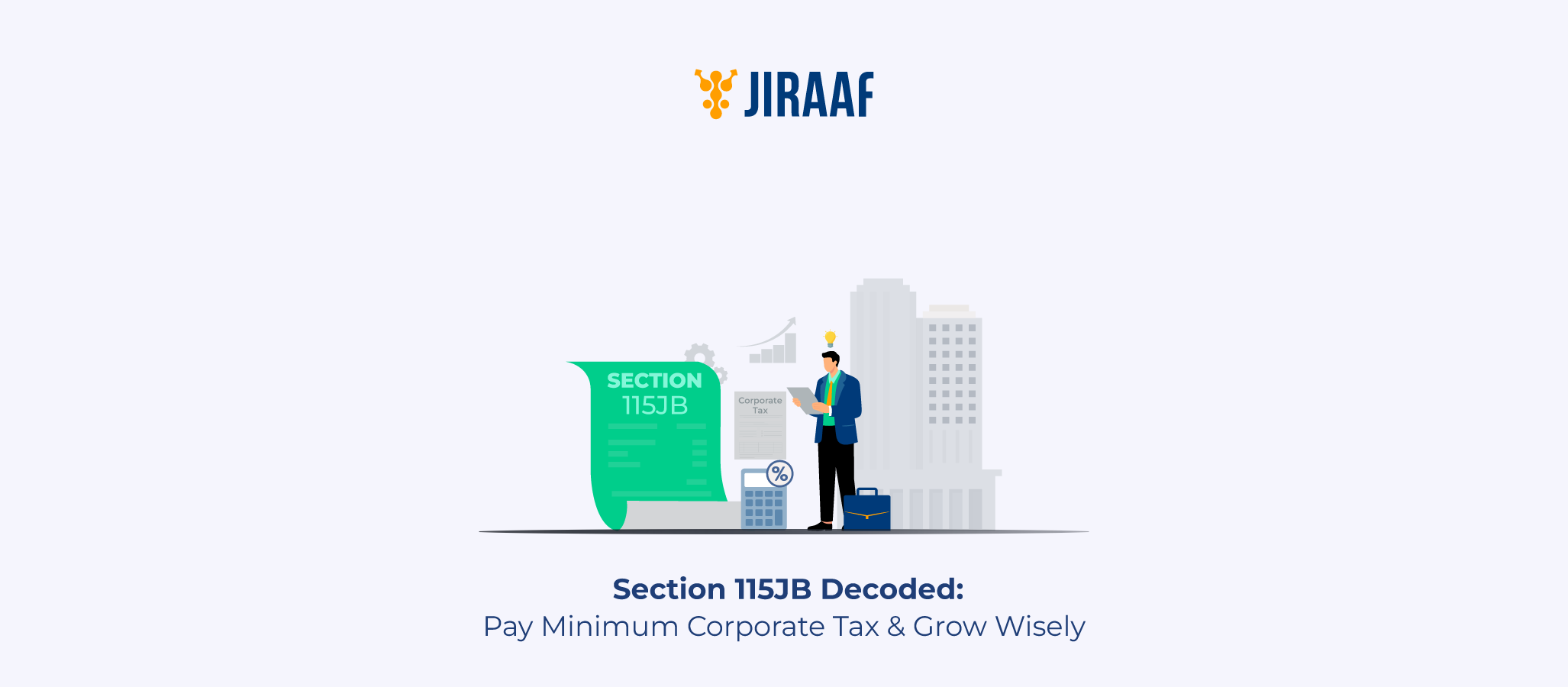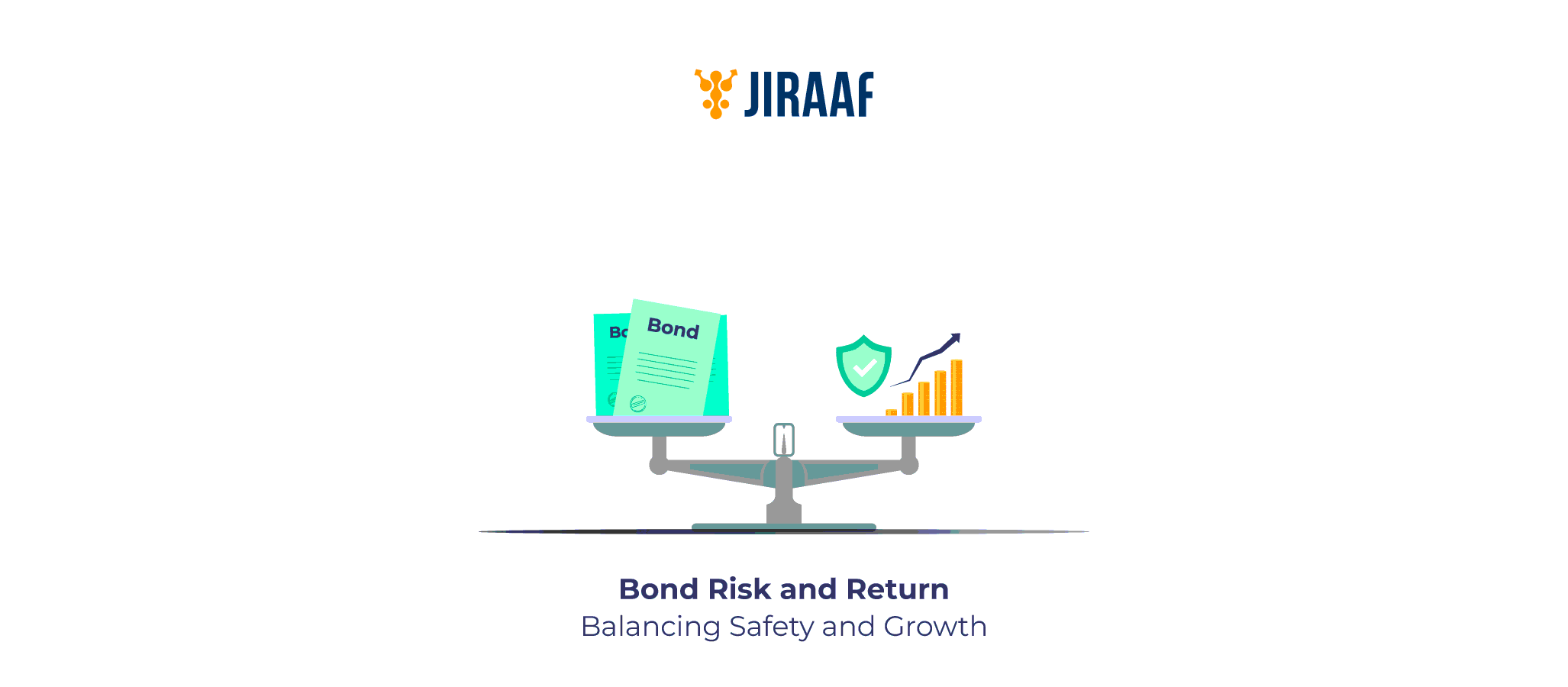Section 139 of the Income Tax Act, 1961, is your starting point when it comes to filing your Income Tax Return (ITR) in India. Section 139 of the Income Tax Act, 1961, is your starting point. This section lays down the rules for when, why, and how you need to file your return—whether you’re salaried, self-employed, or running a business.
But Section 139 isn’t just one clause. It has several subsections, each tailored for different scenarios like late filing, revised returns, filing for companies, and even filing if your income is below the taxable limit.
So, if you’re wondering what this section is and what it entails, we’ll walk you through everything you need to know—clearly and simply.
What is Section 139 of the Income Tax Act?
Section 139 outlines the legal obligation to file your income tax return. It details the
- Due dates for different categories of taxpayers
- Types of returns based on timing and circumstances
- Mandatory vs. voluntary returns
- Revised, belated, and updated return provisions
In essence, it serves as the foundation of income tax compliance in India.
Who is Required to File ITR Under Section 139(1)?
Section 139(1) mandates individuals and entities to file ITR under certain conditions.
Individuals
You must file your ITR if:
- Your gross total income exceeds the basic exemption limit (₹3 lakh for individuals below 60, ₹5 lakh for 60–80 years, and ₹7.5 lakh for 80+ years).
- You have deposited over ₹1 crore in one or more current accounts.
- You have spent ₹2 lakh or more on foreign travel.
- Your electricity bill exceeds ₹1 lakh in a year.
- You hold foreign assets or have signing authority in any foreign account.
- You’re claiming a tax refund.
Companies & Firms
- Every company (including those with no income or losses) must file returns.
- Every firm (including LLPs) is required to file ITR as well, regardless of profit or loss.
Types of ITR Filing Under Section 139
Here’s a breakdown of the key subsections under Section 139 and what they mean.
| Subsection | Purpose | Who It Applies To |
| 139(1) | Original/Voluntary Return | Individuals, firms, companies |
| 139(3) | Return of Loss | Businesses that want to carry forward losses |
| 139(4) | Belated Return | If you miss the due date |
| 139(5) | Revised Return | To correct a previously filed return |
| 139(8A) | Updated Return | Allows ITR filing up to 2 years later |
| 139(9) | Defective Return | Issued if your return has errors or is incomplete |
Let’s dive into each of these in detail.
Section 139(1): Mandatory and Voluntary Filing
This is the main provision for filing income tax returns.
Mandatory Filing
If the basic exemption limit is lesser than your income, you’re legally required to file ITR under this subsection. This includes salaried individuals, business owners, and freelancers.
Voluntary Filing
Even if your yearly income is below the pre-set limit of exemptions, you can still file voluntarily, especially if:
- You want to claim a refund
- You need to show income for visa or loan processing
- You have foreign income or assets
Section 139(3): Return of Loss
If you’re running a business and incur losses, particularly capital losses or business losses, this subsection lets you file returns to carry forward those losses to offset against future profits.
Important: You must file the return before the due date to avail this benefit.
Section 139(4): Belated Return
Missed the due date? You’re not out of luck.
Under 139(4), you can still file your return after the due date but before the end of the relevant assessment year or within three months prior to the completion of assessment, whichever is earlier.
Example: For FY 2024–25, you can file a belated return up to March 31, 2026.
But it comes with a cost:
- Late fee under Section 234F
- Interest penalty under Section 234A
Section 139(5): Revised Return
Did you make a mistake in your original return? No worries.
You can file a revised return under Section 139(5) to correct:
- Income details
- Deduction claims
- Bank account or personal details
Deadline
Up to December 31 of the assessment year, i.e., for FY 2024–25, by December 31, 2025.
Section 139(8A): Updated Return
A relatively new and powerful tool introduced in Budget 2022.
This subsection allows taxpayers to file an updated return within two years from the end of the relevant assessment year—even if you did not file a return earlier or under-reported income.
But here’s the catch:
- You can’t use this to declare a loss or increase a refund.
- You’ll have to pay an additional tax: 25% of tax and interest if filed in the first year, 50% if in the second year.
Section 139(9): Defective Return
If the Income Tax Department finds your return incomplete or inconsistent, they’ll label it as defective and send a notice under 139(9). You’ll be given 15 days to rectify it.
Failing to do so means your return will be treated as invalid, and you’ll lose all benefits (like loss carry-forward or refund).
Required Documents to File ITR
Having the right paperwork makes filing seamless. Here’s what you’ll need:
- PAN and Aadhaar card
- Bank account details (with IFSC codes)
- Form 16 (for salaried individuals)
- Interest certificates (FDs, savings, etc.)
- Capital gains statements (if applicable)
- Details of other income (rental, dividends, etc.)
- Investment proofs (80C, 80D, etc.)
- Previous year’s ITR (optional, but useful)
Common Mistakes in Filing Returns Under Section 139
| Mistake | Impact | Solution |
| Missing the due date | Penalties under 234F, interest, no loss carryforward | Use Section 139(4) to file belated return |
| Declaring wrong income | Notices, penalties | File a revised return under 139(5) |
| Not responding to defective return notice | Return marked invalid | Reply within 15 days of notice under 139(9) |
| Not reporting exempt income | Mismatch in AIS/Form 26AS | Report even tax-free income to avoid confusion |
| Choosing wrong ITR form | Rejection or defective status | Use Income Tax utility to pick the correct form |
Conclusion: Why Section 139 Matters for Every Taxpayer
Think of Section 139 as the navigation manual for your income tax return. Whether you’re filing on time, correcting a mistake, or fixing a defective return, each subsection gives you a path to compliance.
So, the next time you log in to file your ITR, know that you’re not just hitting “Submit”, you’re following a structured framework designed to keep your finances on track.
Discover fixed income investments with Jiraaf, a SEBI registered online bonds platform that educates and brings access to a wide array of bonds. Sign up today to explore diversified fixed income investment opportunities to support your goal-based wealth creation journey. Start investing!









